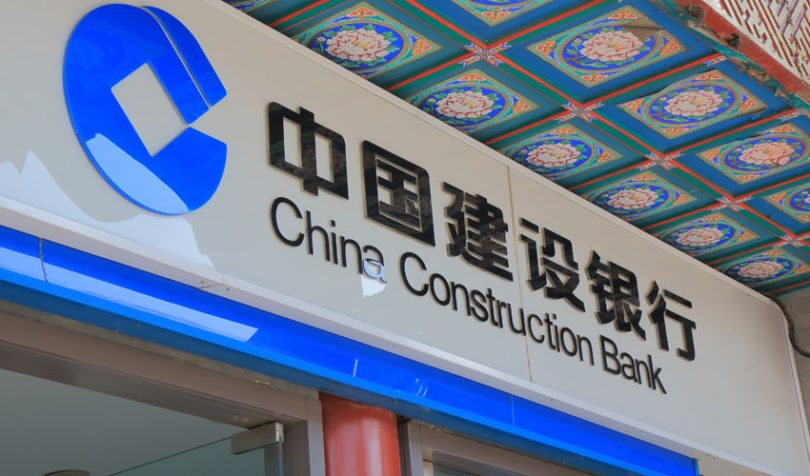Today the China Construction Bank (CCB) released its 2018 annual report. The bank says that it led a blockchain trade finance network that by the end of 2018 had already transacted 200 billion yuan ($30 billion). Nearly 40 domestic and financial institutions participated and it entered into cooperation agreements with 20 peers.
In its 2017 report it noted that it was the first to apply blockchain technology to domestic letters of credit, forfeiting and international factoring. At that stage the bank’s transaction volume was 1.6 billion yuan ($106 million) involving 20 institutions.
CCB is also a participant in the blockchain network unveiled by the China Banking Association (CBA) at the very end of 2018. When the CBA announced the “China Trade Finance Inter-bank Trading Blockchain Platform” it listed 13 banks including the United Nations Development Bank, and alluded to more. Also by that stage ten banks had actually used the CBA system.
The ten banks that participated in the CBA pilot were: Industrial and Commercial Bank of China, Agricultural Bank of China, China Construction Bank, Bank of Communications, China Merchants Bank, China Everbright Bank, Shanghai Pudong Development Bank, China Postal Savings Bank, Ping An Bank, and HSBC Bank (China).
As a third example, in August 2017 Zheshang Bank created Zheshang Chain, an accounts receivable blockchain. By the end of June 2018 the bank had processed $3.9 billion receivables for 1,800 enterprises and created a $68 million loan note backed by some of those receivables.
These may demonstrate trade finance traction, but China has already shown scale elsewhere. By the end of 2017 Zhong An had already issued 7 billion micro insurance policies to 490 million customers for cover like e-commerce insurance. And Zhong An logs all the policies on a blockchain.
But the figures are private
It’s important to be able to provide statistics to show progress. But most enterprise blockchain initiatives face a challenge because the transactions are private. The most practical way to provide platform figures is for banks to self report global figures.







